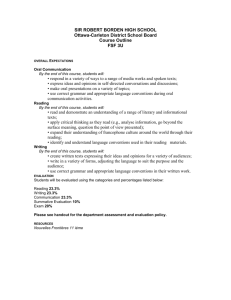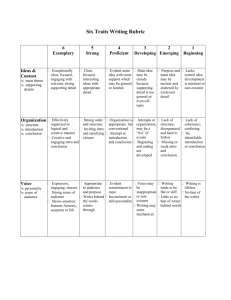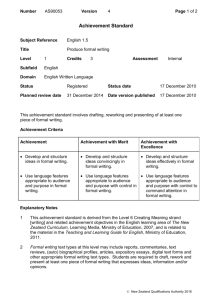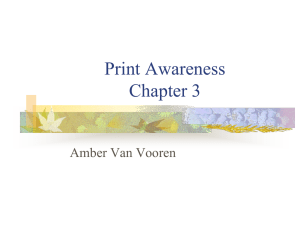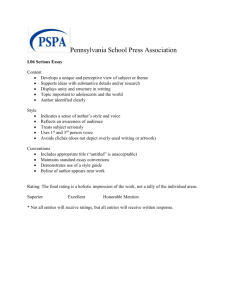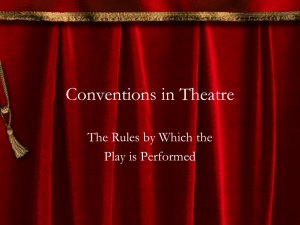Conventions in Theatre
advertisement
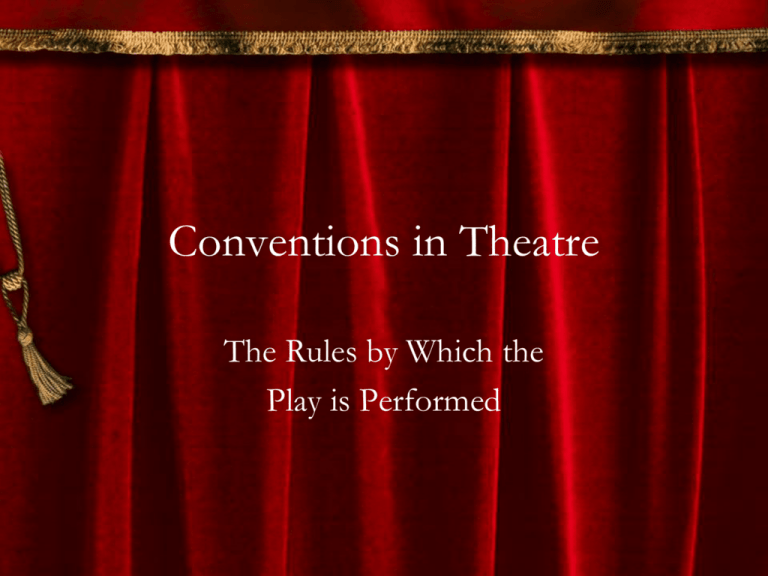
Conventions in Theatre The Rules by Which the Play is Performed Conventions set up logic • Conventions set the degree of abstraction the play will have. Some plays try to replicate reality, while some do not. • Conventions should be consistent, as adding or taking them away half through a show throws the logic of the play. Presentational Devices A deliberate attempt to be “theatrical” • Use of Narrator or Chorus • Script written for actors to play multiple roles • Seeing Actors change costumes and sets in view of the audience • Personification • “Theatre Magic” is shown or obvious Representational A definite attempt to look or feel realistic • Use of the 4th Wall • Realistic settings and costuming • Logical sequence of time • Actors play one role throughout • “Theatre Magic” is hidden Conventions used by Playwrights • • • • • Narration Flash Backs/Forward Song and Music Personification The passage of stage time vs. Plot time Conventions Used by Directors • • • • • Suggestive Scenery or costuming Pantomime Stylized movement Deliberate tempo of scenes Split scenes / Conversations Conventions used by Designers • • • • Sets that are cut away to reveal the interior Use of light and sound to replicate reality Illusion that beyond the set there is more Creation of set pieces that can become many things. • A set piece or costume that is symbolic. Conventions Used by Actors Use of the 4th Wall Endowment Sense Memory Direct Audience Address Aside Conventions Create Style • Plays of a type with have conventions that serve that type – Realistic, Abstract, Era • Plays can have realistic and abstract conventions creating their own style. • Some conventions work with some audiences, some do not – direction is important.
